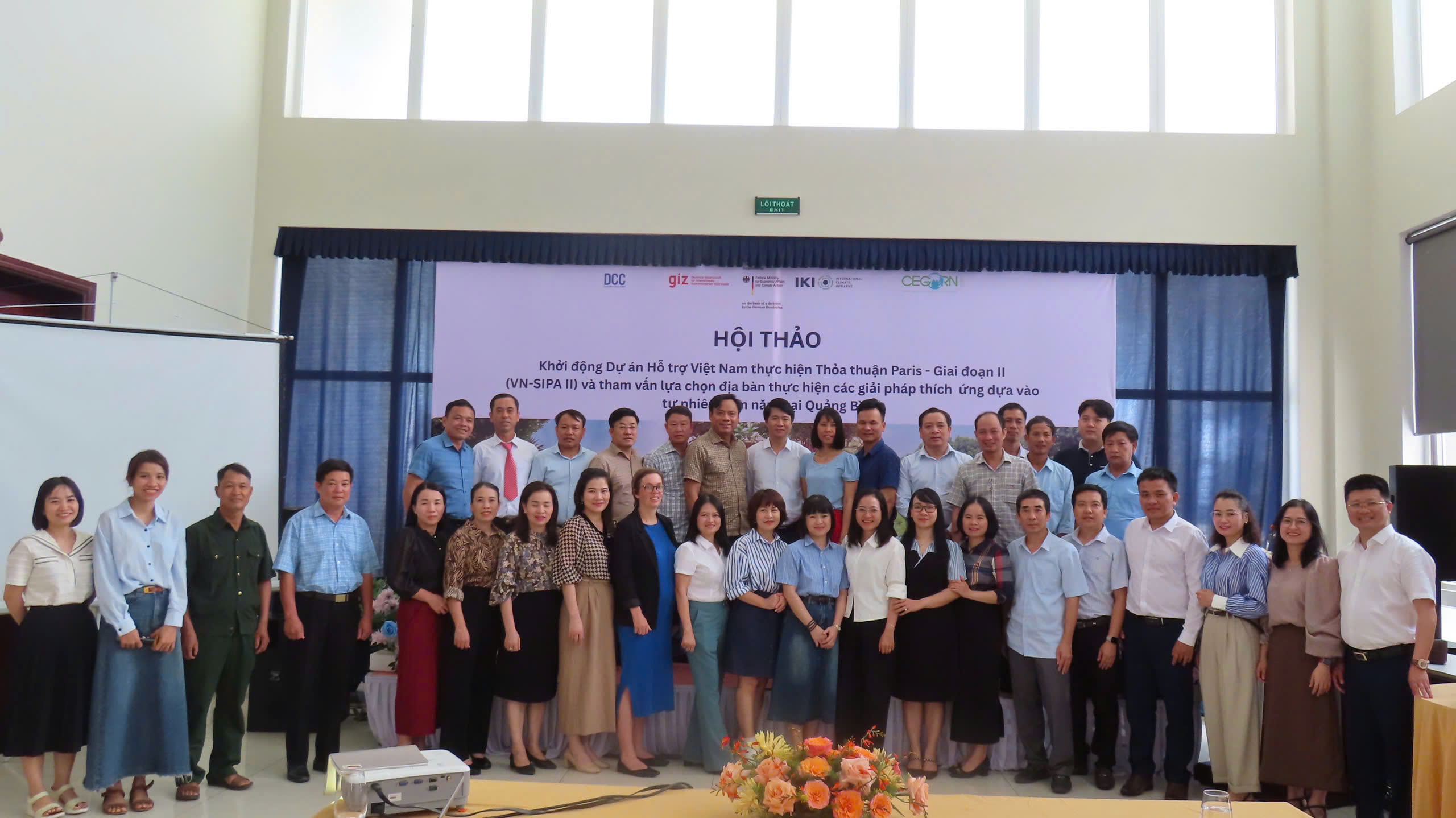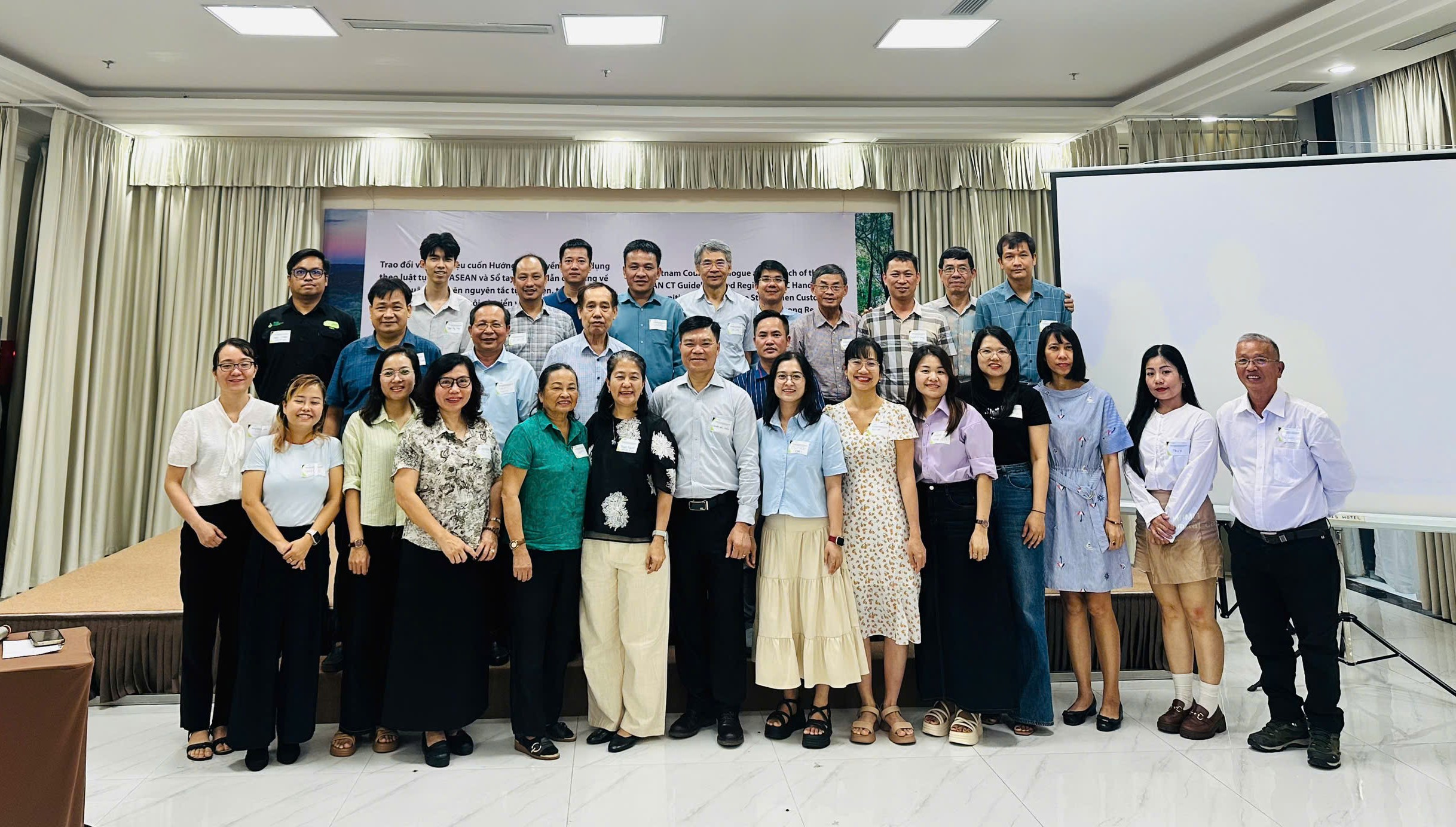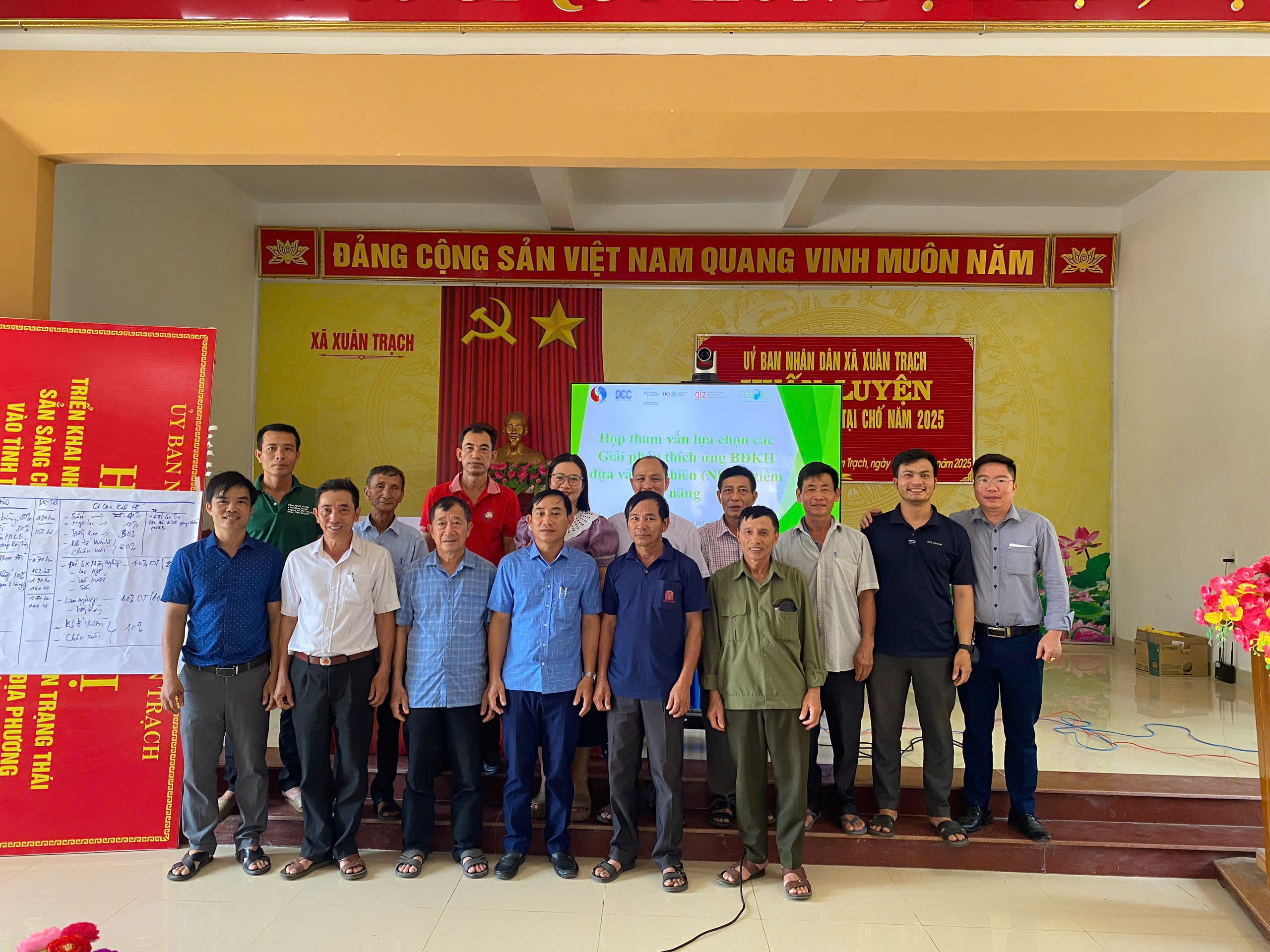
Vietnam has a natural area of 33.17 million hectares, of which 3⁄4 are hills and mountains; population of 97 million people; 54 ethnic groups, of which 53 are ethnic minorities with 14 million people (Nguyen Van Nhat, 2018), about 25 million people live in and near forests, of which a large part depends entirely on forests and land. forest. The whole country has over 60,000 communities, of which over 10,000 communities in hilly and mountainous areas are villages, hamlets, hamlets, hamlets, hamlets, bon, phum squirrels of ethnic minorities who have been allocated 1,166,470 ha. forest (accounting for 8%) of the country’s forest area (Nguyen Ba Ngai and Nguyen Quoc Tri, 2020). These communities are formed and developed in association with the forest, their life always depends on the forest. Over many generations, the production experiences and self-governing ways of the community are formed, selected and developed into customs and habits deeply ingrained in each member of the community. All these customs and habits, with a natural reason, have formed the common use rights of ethnic minority communities over land and forests. The right to enjoy according to custom plays a great role in ensuring the existence and development of ethnic minority communities. In recent decades, the country’s socio-economic development has developed rapidly, many new production fields and industries have been formed, new production relations have been established, and even in ethnic minority communities, ethnic minorities, customary systems of land and forest tenure are also affected or changed according to legal provisions and development contexts. The current legal framework has allowed to recognize and encourage the application of good customs and practices of the community in accessing, managing and using land and forests; and the State has now recognized the rights of more than 10,000 communities to 1,166,470 hectares of forest (MARD, 2021). However, there are still many precious customs and traditions, traditional production experiences of the community that are or are in danger of being forgotten, lost, not maintained and developed, and not recognized by the State. The oblivion, loss or loss of the right to use land and forests according to custom has led to many difficulties in the management of land and forests in the community: in many places natural forests were lost or marked quality deterioration; land and forests are used inefficiently, rapidly degraded and converted to other purposes; The rights to access forests of ethnic minorities are much more limited than before; The survival space associated with the practice of cultural and religious activities of the ethnic minority community has been narrowed.
In order to maintain and promote customs in general, customary tenure rights to land and forests, one of the first actions to be taken is to document customary tenure rights. this custom. This document includes the steps and methods of selecting, synthesizing and updating the customs and practices of the usufruct rights to land and forests expressed in daily life. The documentation process is presented in an intuitive, vivid, easy-to-use
with good examples in this Guidebook with the desire to contribute to preserving the values of the community.
With over 10,000 ethnic minority communities, there will certainly be thousands of customs, good traditions, or customary land and forest tenure rights that need to be documented. Hopefully, with this guidebook, organizations and individuals can do a good job of documenting good customs, traditions and experiences in communities.
The manual consists of 6 chapters. Each chapter has the following main topics:
Chapter 1 is an introduction to the Handbook as presented above, which answers the three questions Why should the Handbook be compiled?; Who uses the Manual?; How to Use the Manual?
Chapter II is an overview of the customary and customary land and forest tenure in Vietnam. This chapter clearly presents three contents: How is the right to use land and forests according to customs and traditions?; Legal and institutional framework that recognizes customary and customary tenure rights to land and forests; Opportunities and challenges for the recognition of customary tenure. The community development officer consulted and learned from these contents through a training course for the re-trainer (TOT) to have a common understanding and awareness of the rights to
usufruct according to customs and traditions such as: concepts, terms, roles and benefits of customary usufruct rights; legal and institutional basis as well as challenges and opportunities to document customary land and forest tenure rights in Vietnam.
Chapter III presents the principles of documentation: a group of basic principles pertaining to the participatory approach, ethical requirements, qualities, attitudes, and skills that each community development officer engages in documentation. chemistry must learn from this Handbook and permeate throughout the documentation process. Leaders or people with prestige, having a core role in the community are also trained, actively consult and learn from the Manual of both the above principles in order to have quality, attitude and skills. participation in the documentation process.
Chapter 4presents the steps from preparation to documentation of customary and customary land and forest tenure with a 4-stage process and each phase consists of successive activities into steps. Phase I: Training includes the step of training staff to document; Phase II: Preparation of documentation includes the steps of synthesizing secondary documents, defining the objectives of the documentation, identifying participants in the documentation, training for community staff and key farmers; Phase III: Documenting including:
steps of public consultation, site survey and site study, synthesis of results of documentation, presentation of results of documentation; Stage IV: Complete documentation and share results.
Chapter 5 presents tools and techniques for documenting customary land and forest tenure. This chapter explains the key components of traditional land and forest tenure and provides guidance in selecting the aspects to focus on in the documentation and methods, tool used to evaluate those aspects.core/paragra
Chapte 6 presents collective action and recommendations. This chapter presents two important contents of collective action, namely policy advocacy, and conservation, maintenance and development of the values of using land and forests according to customs and traditions. Some recommendations for 3 main actors are the community, community development organizations, government organizations and state management agencies.





